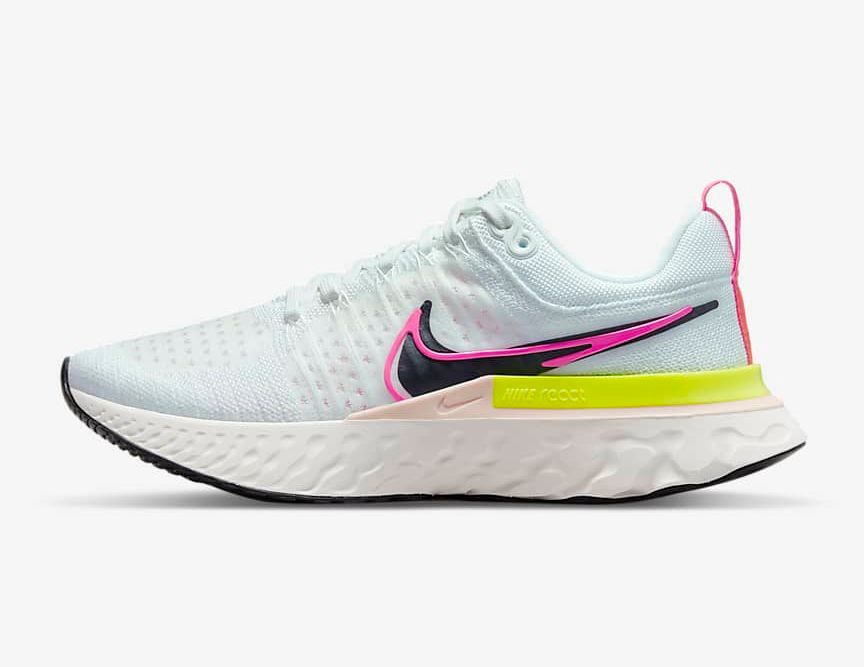
NSCA offers a wide range of CEU options through events, quizzes and home study courses. These opportunities are offered by the association as well as through partner organizations. MedBridge is one of these organizations. You can take one of these courses for free if you want to keep your certification current.
MedBridge
MedBridge might be the right choice for you if your goal is to earn NSCAE Credits. They offer convenient CEUs with the added benefit of a robust platform. The site also offers a number of continuing education courses. The IDN Foundation course, for example, offers 27 CE hours or 32 CCUs and is approved for 2.7 CEUs through FSBPT. Campus Recreational Sport: Managing Employees Programs and Services was designed to give students the knowledge and skills they need to be a campus recreation manager.

ACE
While the NSCA is more prestigious and has been around for more than a decade, ACE has proven itself to be a worthy competitor. It not only provides academic quality but is also recognized by most employers in the United States, as well as many European countries. It is also recognized and endorsed by the National Academy of Sports Medicine.
ACSM
The ACSM CPT exam is a multi-faceted test. It is divided into four domains according to cognitive levels. The exam must be retaken at least once every three years to maintain your certification. Recertification costs $45 on-time and $75 if you are late. It consists of 150 multiple-choice questions.
ISSA
In order to maintain your ISSA certification, you will need to earn at least 20 continuing education credits. These credits are available for free but you must purchase the renewal kit, which is $99. The NSCA requires 6.0 CECs every three years, although most certifications require two-year renewals.
NSCA
If you're a member of the National Society of Arboriculture (NSCA), you can take advantage of a range of free CEU opportunities. These include CEU quizzes available on-demand and virtual events. CEUs may also be earned through volunteer work that is NSCA-accredited and other programs.

NASM
If you are a fitness or health professional, you have probably heard about continuing education units (or CEUs). These units are earned through time-based credit by taking additional academic activities like registering in certification courses or attending relevant workshops. CEUs can only be granted if these courses are offered by an approved provider. While NASM requires its members to complete 60 hours of continuing education every two years, NSCA requires three times that amount. NSCA certifications run $60-$90. Nonmembers need to pay between $35-$65 in order to recertify.
FAQ
Is it possible that you can be too thin?
Yes! Being underweight or having an eating disorder are both unhealthy. It's normal to be a little heavier than you should be. A person may feel tired, weak, dizzy or experience other symptoms that might indicate they are underweight.
Which Is More Important: Exercise or Diet?
Your goals will dictate the answer. Diet is key to losing weight. To build muscle mass, exercise is crucial. The last factor is sleep, which only impacts how well you perform during your day.
Are there any exercises I shouldn't do?
Before you begin any new exercise regimen, make sure to check with your doctor. There are some people who have medical conditions or injuries that make it difficult to exercise. Some activities also require special equipment. Swimming, for example requires a swimming suit and access to the water.
Can I exercise after eating?
It depends on the type and intensity of your exercise. Avoid strenuous activities after meals because they can cause stomach cramps. Instead, focus on light aerobic activities like brisk walking or biking.
Do I gain weight from exercising?
Not at all. Exercise can actually help you maintain your weight. When you work out regularly, you'll build muscles and increase your metabolism, helping you burn more calories throughout the day. This means you won't store as much fat in your body.
Does exercise cause me to lose weight?
Yes. Regular exercise will help to reduce weight by burning more calories. You can also increase your metabolism, which means you will continue to burn calories even if you don't exercise.
Statistics
- Physical activity confers the following maternal and fetal health benefits: a decreased risk of pre-eclampsia, gestational hypertension, gestational diabetes (for example, 30% reduction in risk) (who.int)
- Globally, 81% of adolescents aged 11-17 years were insufficiently physically active in 2016. (who.int)
- An estimated 110,000 deaths per year could be prevented (cdc.gov)
- Adolescent girls were less active than adolescent boys, with 85% vs. 78% not meeting WHO recommendations of at least 60 minutes of moderate to vigorous intensity physical activity per day. (who.int)
External Links
How To
How to Burn Belly Fats Quicker
When we are trying to lose weight, belly fat is often seen as a problem. If you look at it, belly fat is actually a positive thing. Your organs are protected from being damaged by excess belly fat. Let's learn how to quickly burn belly fat.
The two main factors that make us store body fat are stress and lack of exercise. Cortisol hormone is stimulated by stress, which causes us to feel constantly hungry. Cortisol levels are increased by insulin. Insulin then stores excess calories as fat. The release of adrenaline from our bodies causes increased appetite. These extra calories can be broken down by exercising.
There are many ways you can reduce belly fat. Depending on your budget, you can try each one. Here are some tips to help you get rid of belly fat quickly.
-
Eat less food. You should eat smaller meals throughout the day than you would if you ate three big meals. You'll eat fewer calories this way.
-
Make sure you drink plenty of water. Water flushes out toxins and keeps you hydrated. You won't overeat if you drink water before you eat.
-
Avoid unhealthy snacks. If you're looking for quick fixes, snack foods like chips, cookies, candies, etc. Although tempting, they can be very unhealthy. These sweet treats can be tempting, but they are high in empty calories and sugar. Instead, opt for healthy alternatives such as fruits, vegetables and whole grains.
-
Strength training should be done at least three times per week. Strength training increases muscle mass, which can help you burn more calories while still resting. It also strengthens bones, muscles, ligaments, tendons, the heart, lungs, and joints.
-
Walking or stretching is a good habit to do regularly. Stretching can improve flexibility, mobility, and reduce back pain. Walking can help you burn calories.
-
Reduce alcohol intake. You should cut down on alcohol consumption. It adds no nutritional value to your diet.
-
Lose weight gradually. To lose weight, the first step is to determine what your current weight. Next, calculate your ideal weight by adding between 5% and 10% to your total body weight. Once you have determined your ideal weight, you can start to reduce your calorie intake by 500-1000 calories per day until you reach it.
-
Avoid processed foods. These foods contain high levels of sugar, salt, and preservatives. Processed foods are often very convenient but don't provide enough nutrients to keep you healthy.
-
Don't skip breakfast! Breakfast improves concentration, memory, energy, and stamina. You should have protein (such as eggs) and fiber (such as oats) for breakfast.
-
Have regular bowel movements. Constipation and irregularity can cause gas and bloating. Drink plenty of water to prevent gas and fiber ingestion.